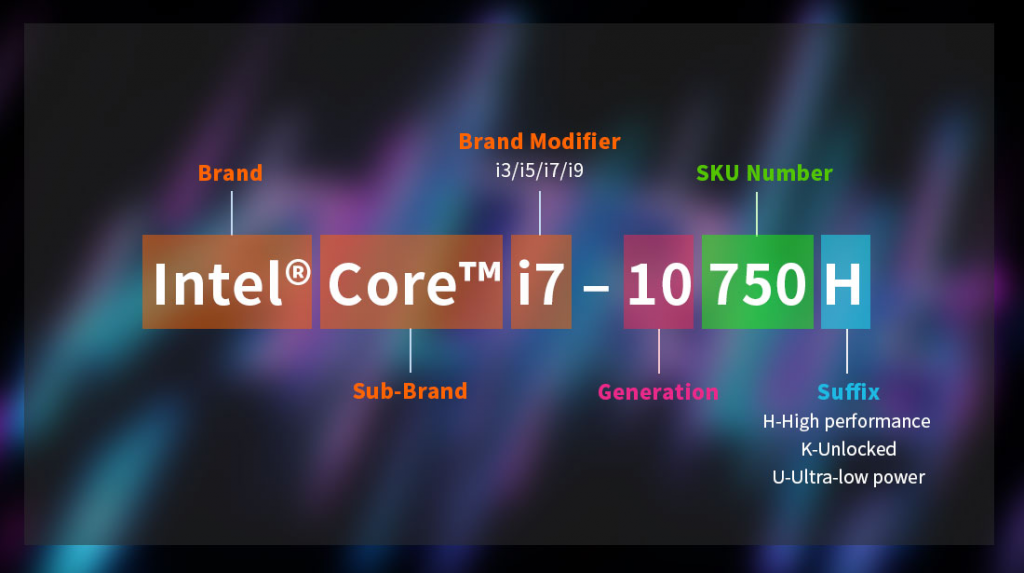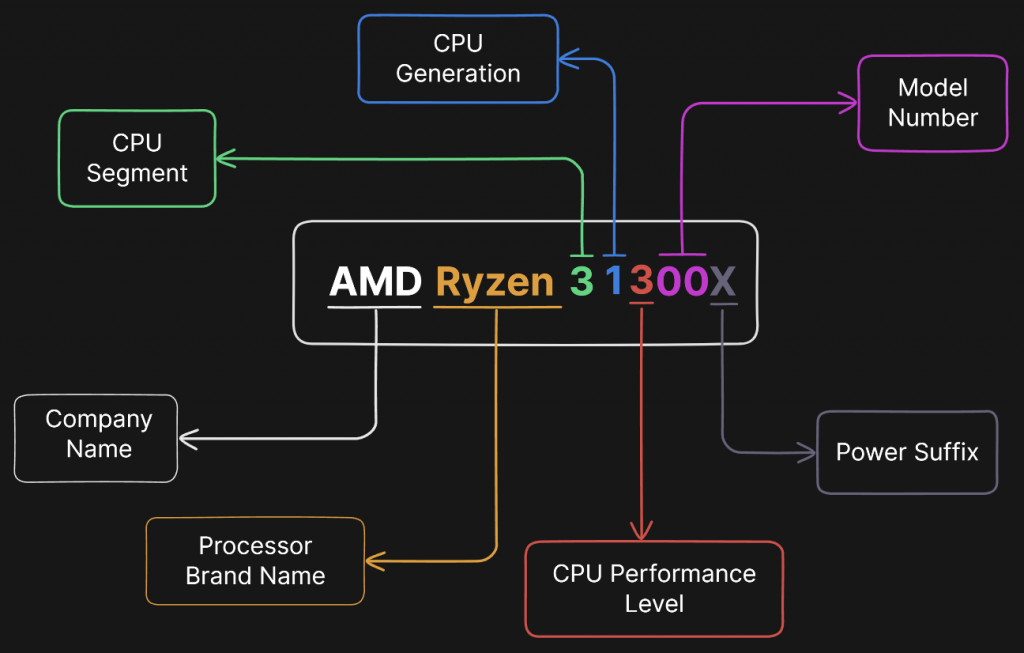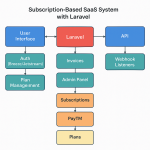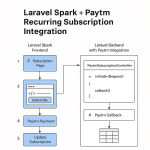Limited Time Offer!
For Less Than the Cost of a Starbucks Coffee, Access All DevOpsSchool Videos on YouTube Unlimitedly.
Master DevOps, SRE, DevSecOps Skills!
The letters at the end of a laptop processor’s model number typically indicate the processor’s performance characteristics and target usage. Here’s a detailed breakdown of common suffixes:
Intel Processor Suffixes

- H:
- Usage: High performance.
- Details: These processors are designed for higher performance laptops, such as gaming laptops and workstations. They have higher TDP (Thermal Design Power), usually around 45W, allowing for better performance but consuming more power and generating more heat.
- Example: Intel Core i7-10750H.
- U:
- Usage: Ultra-low power.
- Details: These processors are designed for ultrabooks and thin-and-light laptops. They prioritize power efficiency, often with a TDP of 15W, which helps extend battery life but with lower performance compared to H-series processors.
- Example: Intel Core i5-10210U.
- G:
- Usage: Includes integrated graphics.
- Details: These processors include enhanced integrated graphics, often part of Intel’s Iris Plus or Iris Xe series. The suffix might be followed by a number indicating the level of graphics performance (e.g., G7).
- Example: Intel Core i7-1065G7.
- Y:
- Usage: Extremely low power.
- Details: These processors are designed for the thinnest and lightest devices, with TDPs around 7W. They are less powerful than U-series processors but offer significant power savings.
- Example: Intel Core i7-8500Y.
- T:
- Usage: Power-optimized lifestyle.
- Details: These are desktop processors with lower power consumption and heat output, often used in all-in-one desktops and small form-factor PCs.
- Example: Intel Core i5-9400T.
AMD Processor Suffixes

- H:
- Usage: High performance.
- Details: Similar to Intel, these processors are for high-performance laptops, gaming, and workstations, with higher TDPs for better performance.
- Example: AMD Ryzen 7 4800H.
- U:
- Usage: Ultra-low power.
- Details: These processors are aimed at ultrabooks and thin-and-light laptops, balancing power efficiency and performance with TDPs around 15W.
- Example: AMD Ryzen 5 4500U.
- HS:
- Usage: High performance, power-efficient.
- Details: These processors offer high performance with a slightly lower TDP (around 35W) compared to the standard H-series, aimed at balancing performance and battery life.
- Example: AMD Ryzen 7 4800HS.
- HX:
- Usage: High performance, overclockable.
- Details: These are high-performance processors with the ability to be overclocked, offering top-tier performance for gaming and workstations.
- Example: AMD Ryzen 9 5900HX.
- GE:
- Usage: Embedded, low power.
- Details: These processors are designed for embedded systems with low power requirements.
- Example: AMD Ryzen Embedded V1605B.
Summary of Suffixes
| Suffix | Manufacturer | Usage | TDP | Example |
|---|---|---|---|---|
| H | Intel, AMD | High performance | 35-45W | Intel Core i7-10750H |
| U | Intel, AMD | Ultra-low power | ~15W | Intel Core i5-10210U |
| G | Intel | Includes integrated graphics | Varies | Intel Core i7-1065G7 |
| Y | Intel | Extremely low power | ~7W | Intel Core i7-8500Y |
| T | Intel | Power-optimized lifestyle | Varies | Intel Core i5-9400T |
| HS | AMD | High performance, power-efficient | ~35W | AMD Ryzen 7 4800HS |
| HX | AMD | High performance, overclockable | Varies | AMD Ryzen 9 5900HX |
| GE | AMD | Embedded, low power | Varies | AMD Ryzen Embedded V1605B |
Understanding these suffixes helps you choose a processor that best fits your needs, whether you prioritize performance, power efficiency, or a balance of both.




